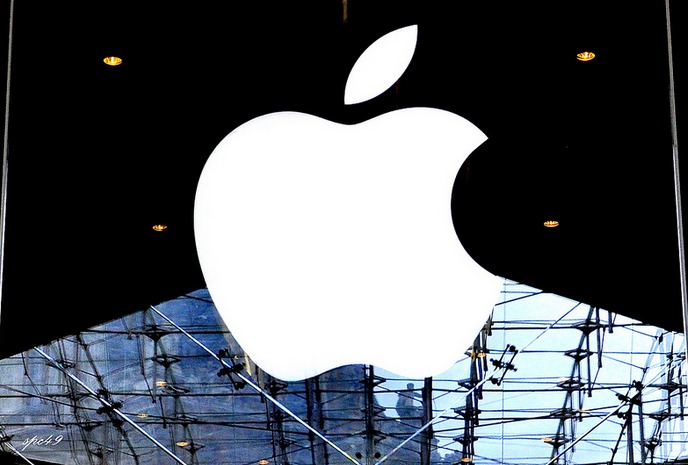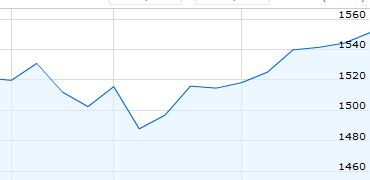 Author: Daniel Beckerman, Beckerman Institutional
Author: Daniel Beckerman, Beckerman Institutional
Covestor model: Flexible Value
The pace of change in the U.S. economy has accelerated over the past few years. I had an opportunity to sit down with Jim Sarni, who helps to oversee $60 billion at the Los Angeles-based investment firm Payden & Rygel.
We discussed the idea of market cycles whereby one would expect a period of stock market growth (a bull market) followed by a peak or a levelling off. Then, we would expect a downturn (or bear market) at some point, another levelling off and lastly a recovery. “When I got into this business (a couple of decades ago) it was commonly understood that a market cycle was a minimum of three years,” Jim told me. “Most people spoke about a market cycle in terms of three to five years.”
He went on: “Now, with the hedge funds, with the alternative players, with the degree of leverage out there, what happens is that things get out of whack and they get to certain valuation levels and you have money that comes flooding in. Valuations get to a certain point and then it triggers these buys or sells orders on computer models that say ‘buy here, sell there.’ So you have this condensed period of revaluations. And now a market cycle happens in a month. ”
This is one of the ways that technology has had an impact on financial markets. This accelerated pace of change has occurred across many industries with technological innovations. Moore’s Law observes that computing power doubles every 18 months while computing cost is essentially halved. In a Wall Street Journal article, entitled Captain Michio and the World of Tomorrow, author and physicist Michio Kaku, projects that with computing power doubling at its current rate, “in eight years, a microchip will cost only a penny.
Instead of one chip inside a desktop, we’ll have millions of chips in all our possessions: furniture, cars, appliances, clothes. Chips will become so ubiquitous that we won’t say the word computer… If you could meet your (great) grandkids as elderly citizens in the year 2100,” he offers, “you would view them as being, basically, Greek gods.”
This pace of change gives way to a great degree of creative destruction. While wonderful new industries and opportunities present themselves, there are many businesses and individuals that are put out of business or out of work. Some of the great growth companies of today such as the Apple (AAPL) or Google (GOOG) are also doing more with less people.
While most of the jobs at these types of organizations are considered to be good jobs, there are specific skill sets that these companies are seeking. Someone who has been in the workforce for twenty years is unlikely to understand the current technology. Even if someone studied technology, one has to wonder how quickly those skills become obsolete.
Additionally, technology makes it easier for these large companies to outsource or hire their employees throughout the world. It becomes more and more difficult for the unskilled or lesser skilled American worker to compete for a job in this global marketplace.
I discussed these points with Jim and he said, “The challenge in the employment market today is not a cyclical one. It is structural, and that’s really what you’re saying.” Jim said that workers are being challenged to become more versatile. Workers may be expected to move, to speak another language, or to learn new skills. Similarly, flexibility has become a more important quality when it comes to investing.


